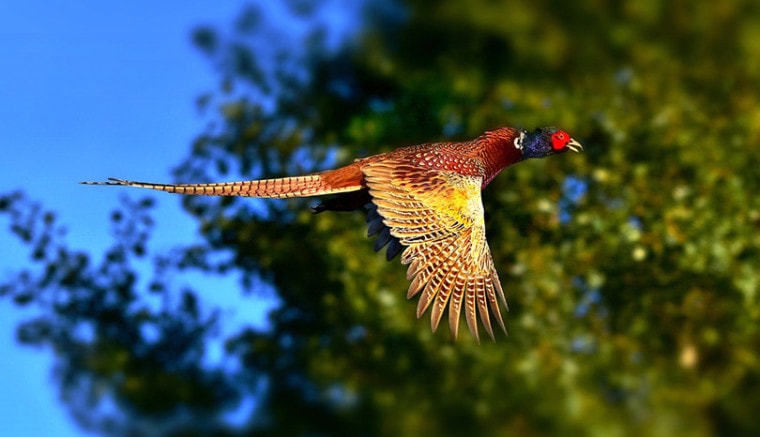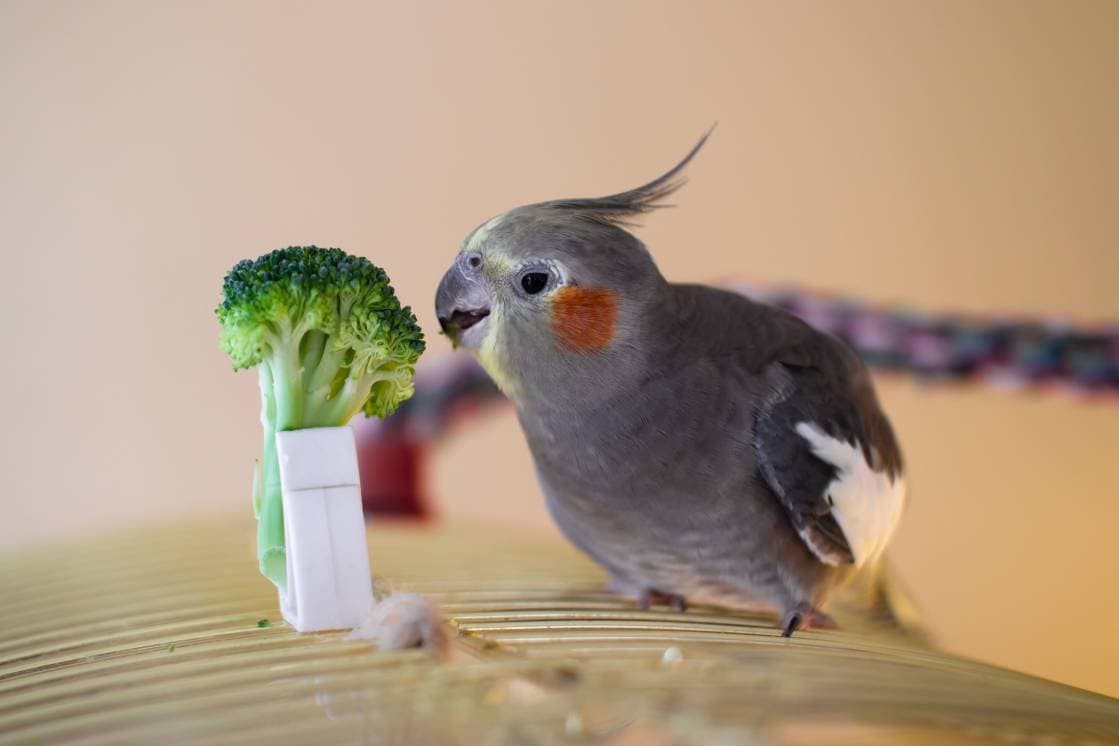
Click to Skip Ahead
The Ring-Necked Pheasant is an unmistakable bird. Males are beautiful birds with eye-catching plumage, while females are drabber. That doesn’t make them boring, though. These birds can be fun to watch and do have some value as meat producers as well. They are relatively easy to care for, although they are shy and standoffish with people. Here’s what you need to know about Ring-Necked Pheasants.
Quick Facts about Ring-Necked Pheasants
| Breed Name: | Ring-Necked Pheasant, Common Pheasant |
| Place of Origin: | East Asia |
| Uses: | Hunting, stocking |
| Cock (Male) Size: | 2–3 pounds |
| Hen (Female) Size: | 2 pounds |
| Color: | White, green, black, red |
| Lifespan: | 3–18 years |
| Climate Tolerance: | Any |
| Care Level: | Easy |
| Production: | Low |
Ring-Necked Pheasant Origins
Ring-Necked Pheasants are native to East Asia. There are still wild populations of these birds in these areas, as well as many other parts of the world. They are a bird that developed naturally and was not created through human breeding interventions. They have been kept as pets and game birds for at least the last 200–300 years.

Ring-Necked Pheasant Characteristics
The Ring-Necked Pheasant is a small ground bird that typically stays below 3 pounds when full grown. Males can reach up to 35 inches in length, but around 20 inches of that length is made up of the tail feathers. Females are much smaller than males because they have shorter tails. They also usually only weigh around 2 pounds, making them slightly smaller than the males.
Male Ring-Necked Pheasants prefer to keep harems of hens. This means that a single male will preside over a group of females. It can be difficult to keep multiple males because they will fight each other for dominance and control of the flock.
These birds are generally shy and don’t care for human interaction. Even when kept in captivity, they are unlikely to become comfortable with being handled by people. They can jump, climb, and flutter, but since they are ground birds, they are not efficient flyers and spend most of their time on the ground or near the ground.
Ring-Necked Pheasant Uses
There are few uses for Ring-Necked Pheasants beyond hunting and meat. Most people who hunt Pheasant do so for meat, and many of them have these beautiful birds taxidermized as well, ensuring that no part of the bird goes to waste. Pheasants lay small eggs that have little value as a food source.
Ring-Necked Pheasant Appearance & Varieties
Male Ring-Necked Pheasants have a distinct appearance. They have copper and gold feathers across the body with black ticking throughout. They have a clearly defined white ring around the neck, giving them their name. The upper portion of the neck and head is green, while the face is red. They have long tail feathers that stick far out behind the body.
Females are far less flashy than males. They are typically brown, tan, or buff in color with black ticking. They are usually consistent in their coloration across the entire body, head, and neck. They have tail feathers that are usually less than half the length of the males’ tail feathers.

Ring-Necked Pheasant Population, Distribution & Habitat
Although native to East Asia, Ring-Necked Pheasants have become popular in multiple parts of the world. There are many areas across the US where they live in the wild. In fact, the Ring-Necked Pheasant is the state bird of South Dakota, even though they are not a native species. These birds were introduced to the US in the 1800s and rapidly gained a foothold in prairie lands.
Are Ring-Necked Pheasants Good for Small-Scale Farming?
If you are interested in raising Ring-Necked Pheasants as meat, then they can be a great option for this. Pheasant meat is lean and mild, much like chicken. It’s far less gamey than many other types of wild bird meat. Aside from keeping these birds for meat or simply to enjoy their appearance and antics, they have little value for small-scale farming. Their eggs are small and are a less valuable food source than many other eggs.
Featured Image Credit: MabelAmber, Pixabay







